The Ribose is a sugar that occurs very frequently in nature. Ribose is a component of ribonucleic acid and nucleotides. The human body is able to synthesize ribose itself.
What is ribose?
Ribose is a simple sugar (monosaccharide) that consists of five carbon atoms (pentose) and a group of aldehydes. The structural formula of ribose is H2COH-HCOH-HCOH-HCOH-COH.
Ribose is part of various body structures. For example, as part of the nucleotides, it forms the backbone of DNA. The ribose can be produced from other simple sugars as part of the pentose phosphate cycle.
Function, effect & tasks
As already mentioned, ribose is a building block of nucleotides. Nucleotides, in turn, are the basic building blocks of nucleic acids. There are two important nucleic acids in the human body. They are called deoxyribonucleic acid (DNA) and ribonucleic acid (RNA).
DNA is the carrier of genetic information. Based on the genetic code, which is recorded in the DNA, all proteins are produced in the body. RNA molecules perform various tasks in the body. They can transmit genetic information and help translate this genetic information and thus also help in the production of proteins. They also take on regulatory tasks in the area of genes. The RNA also has a catalytic function. Depending on the function, it is prefixed with a different lowercase letter. The mRNA copies information from a gene and brings it to the ribosomes. Protein synthesis then takes place there. In contrast, the rRNA is involved in the structure of the ribosome. The tRNA helps in protein biosynthesis.
But ribose is not only a component of DNA and RNA, it also plays an important role in supplying the muscles and muscle cells with energy. When exercised, the muscles use energy in the form of ATP (adenosine triphosphate). Ribose stimulates the synthesis of ATP in the body. Different studies have shown the important role ribose plays in this process. The effect of ribose is not only evident in strength athletes or competitive athletes, but also in heart diseases. Patients who received ribose as a dietary supplement after a heart attack showed better cardiac function thanks to reduced ATP breakdown.
In the circles of alternative medicine, ribose is also said to have an antioxidant effect. Antioxidants can neutralize free radicals. Free radicals are created in many metabolic processes in the body. Under certain conditions, however, the formation of radicals can multiply. Stress, smoking or UV radiation are such stressful conditions. Free radicals are incomplete from a chemical point of view. You are missing an electron. They try to get this from other cells. Attempting to "steal" this electron will damage or even destroy the cells.
Free radicals are suspected of promoting or causing cancer. Antioxidants can intercept the radicals and render them harmless. That is why ribose is used in alternative cancer therapy together with potassium ascorbate. In combination, the two substances should inhibit tumor growth.
Education, occurrence, properties & optimal values
The body is able to synthesize ribose. This happens in the pentose phosphate cycle. The pentose phosphate cycle starts from glucose and often runs parallel to glycolysis. The cycle consists of two sections.In the first phase, ribulose-5-phosphate is formed from glucose. This happens with the oxidation of glucose and the formation of NADPH (nicotinamide adenine dinucleotide phosphate).
In the second part of the pentose phosphate cycle, various simple sugars are produced through various chemical reactions. The sugars that are not needed are converted back to the state of glucose. The cycle is controlled by the enzymes glucose-6-phosphate dehydrogenase and 6-phosphogluconate dehydrogenase. These enzymes are also known as pacemaker enzymes. The process is inhibited by NADPH and acetyl-coenzyme-A. Under the influence of insulin, however, the cycle is stimulated.
Diseases & Disorders
An overdose of ribose as a dietary supplement can disrupt the blood sugar balance. There is a possibility of hypoglycaemia. In medical parlance, excess sugar is known as hyperglycaemia. In hyperglycaemia, the excess sugar is excreted through the kidneys.
This process is known as glucosuria. Those affected are very thirsty and pass more urine. The amount you drink may not be enough to compensate for the water lost through the kidneys. This can lead to desiccosis. Nausea, vomiting, weight loss and a clouding of consciousness are also possible. In addition, ribose in large amounts can also cause digestive disorders. The consequences are nausea, vomiting and diarrhea. Headache has also been reported as a side effect.
One condition in which a lack of ribose seems to play a role is fibromyalgia. Fibromyalgia is a chronic disease that is characterized by pain with varying localization. In addition, there are accompanying symptoms such as fatigue, concentration disorders, sensitivity to the weather or sleep disorders. In addition, vegetative complaints such as cardiac arrhythmias or dizziness can occur. Hair loss, breathing difficulties, susceptibility to infections and cramps are also possible symptoms. The clinical picture is very variable. The disease begins rather inconspicuously and develops slowly.
The diagnosis is very difficult, as there are usually no abnormalities in the X-ray or laboratory image. The so-called "tender points" are therefore usually used to make a diagnosis. If there is tenderness on at least 11 of these 18 special points, it is probably fibromyalgia. The disease is usually associated with a local lack of oxygen in the muscle tissue. This could be the result of impaired ATP production due to a lack of ribose. Studies have shown that taking ribose can help fibromyalgia patients become more energetic and feel better.


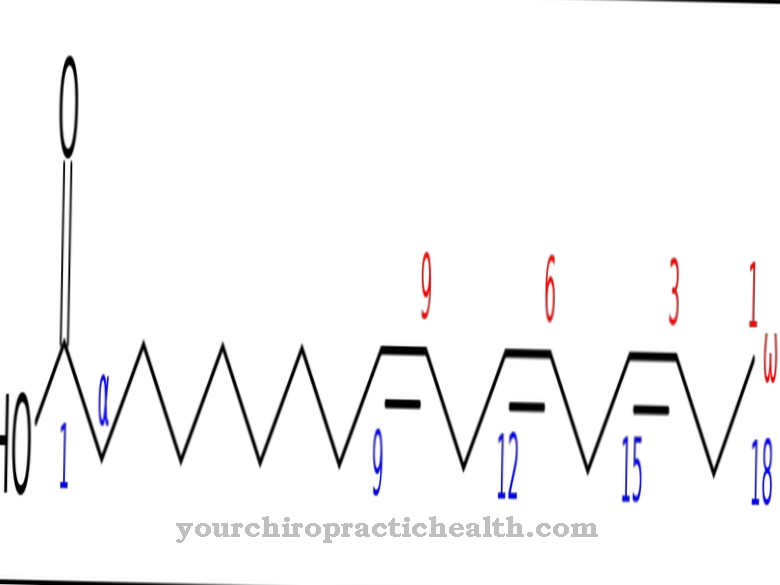
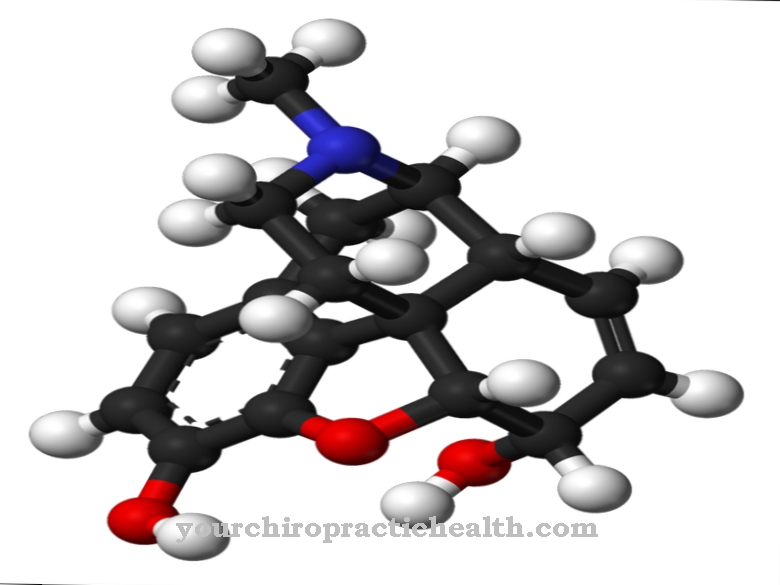
.jpg)
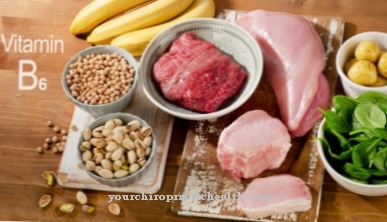




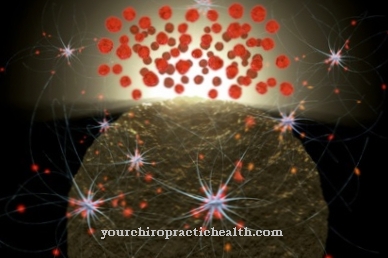

.jpg)



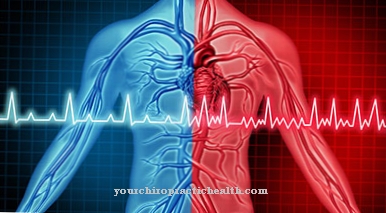


.jpg)

.jpg)


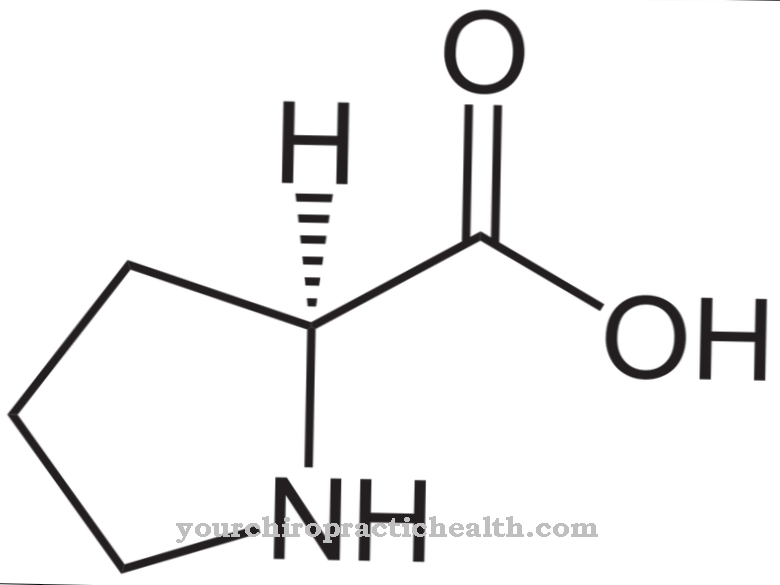

.jpg)

